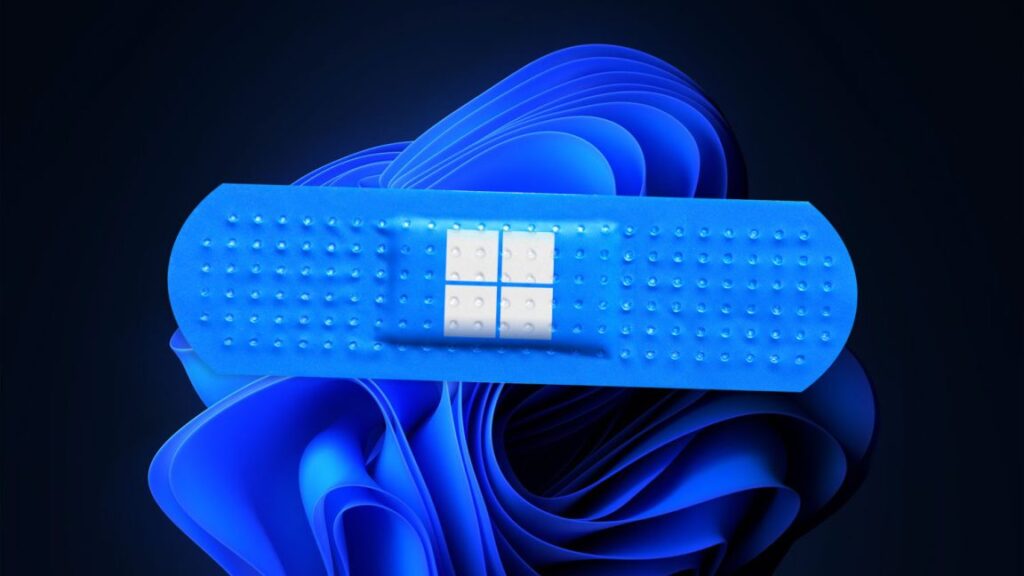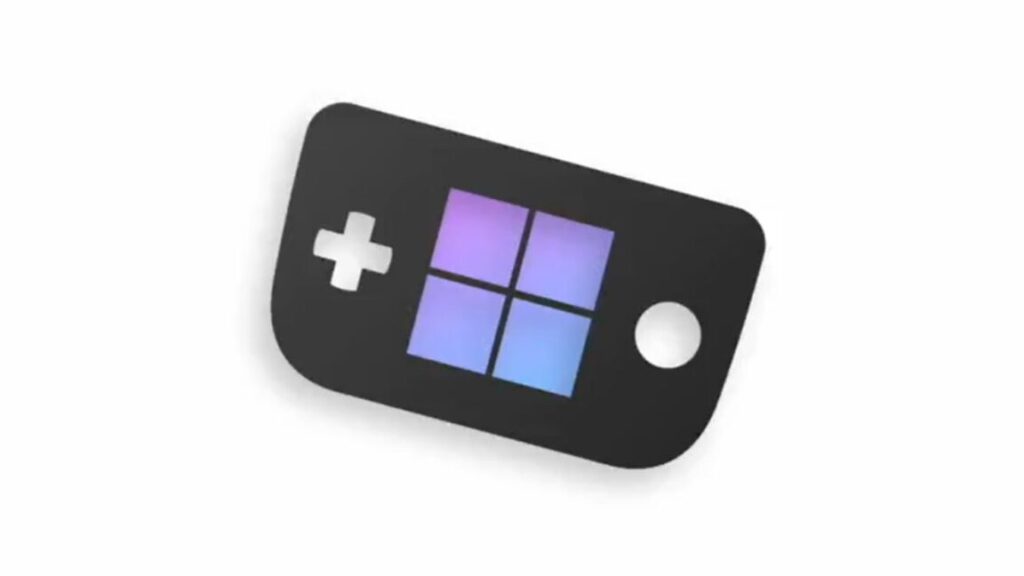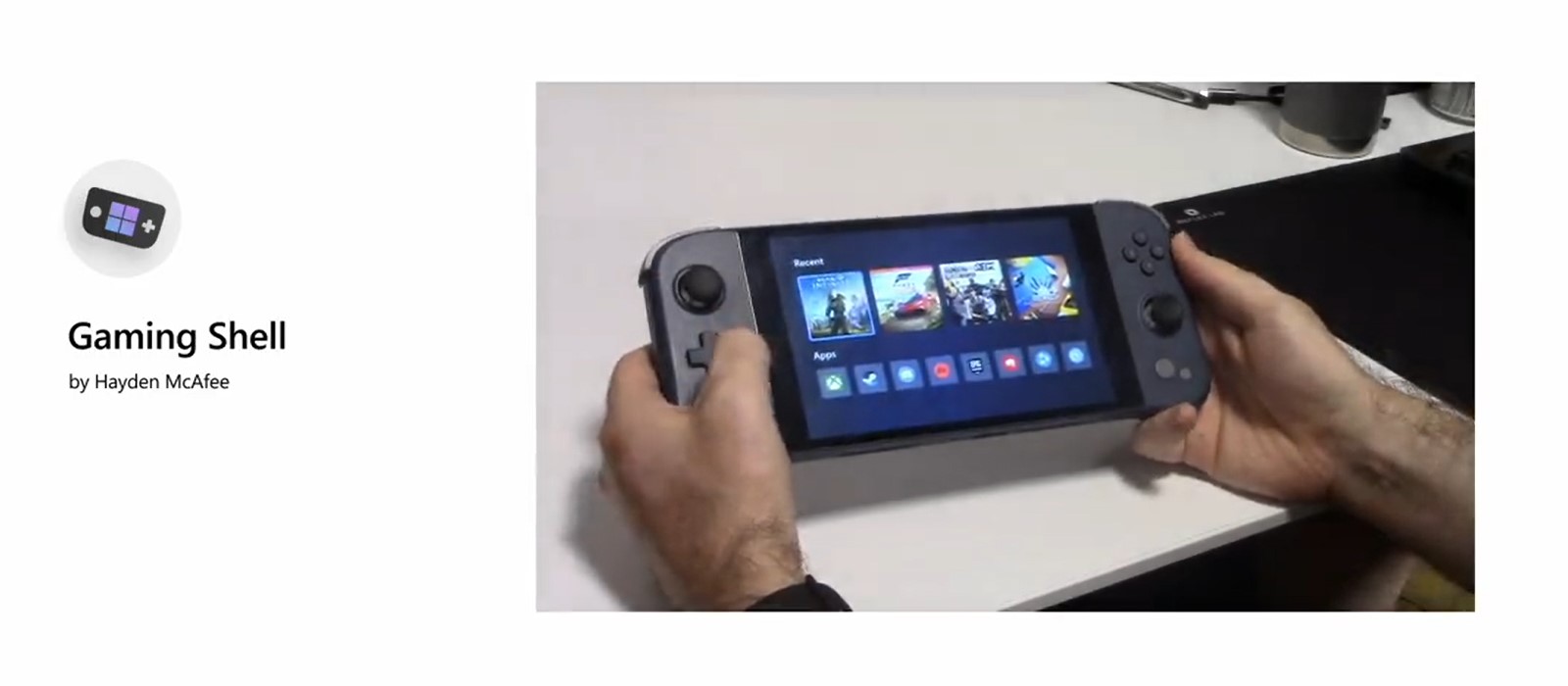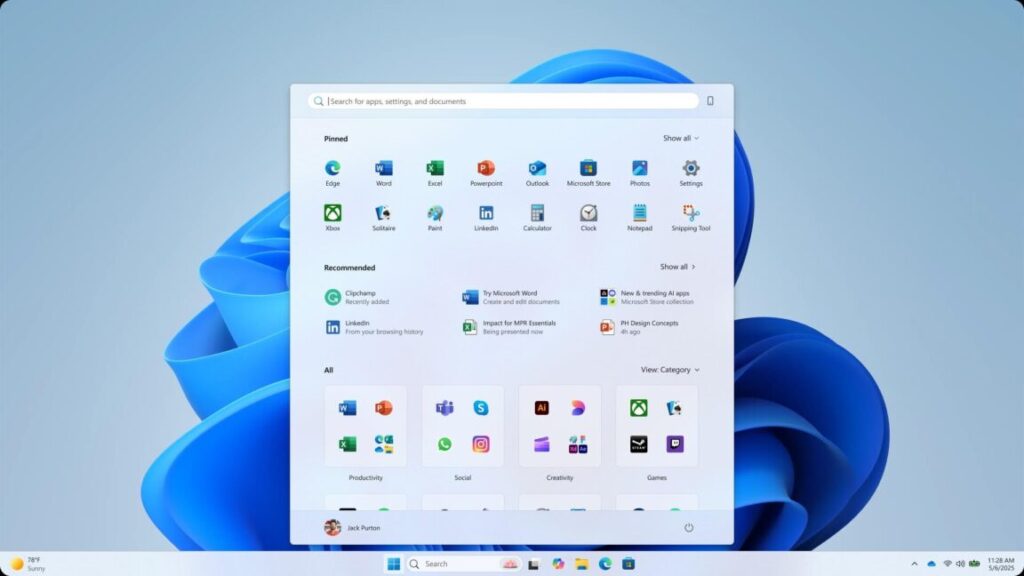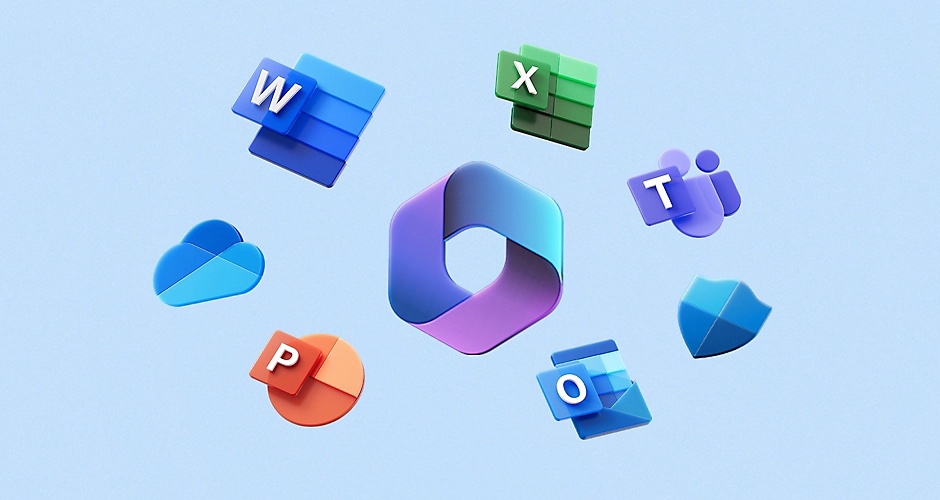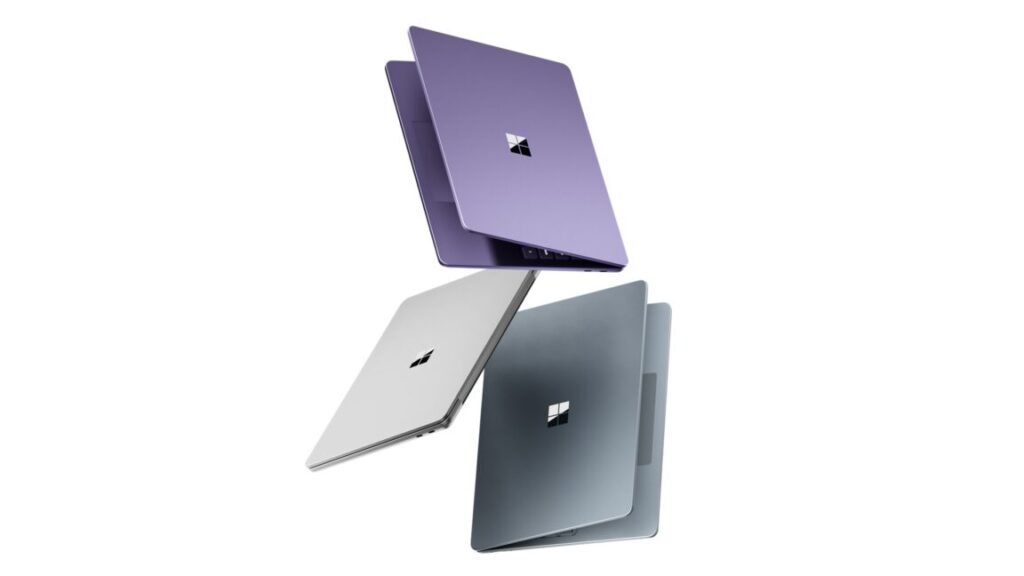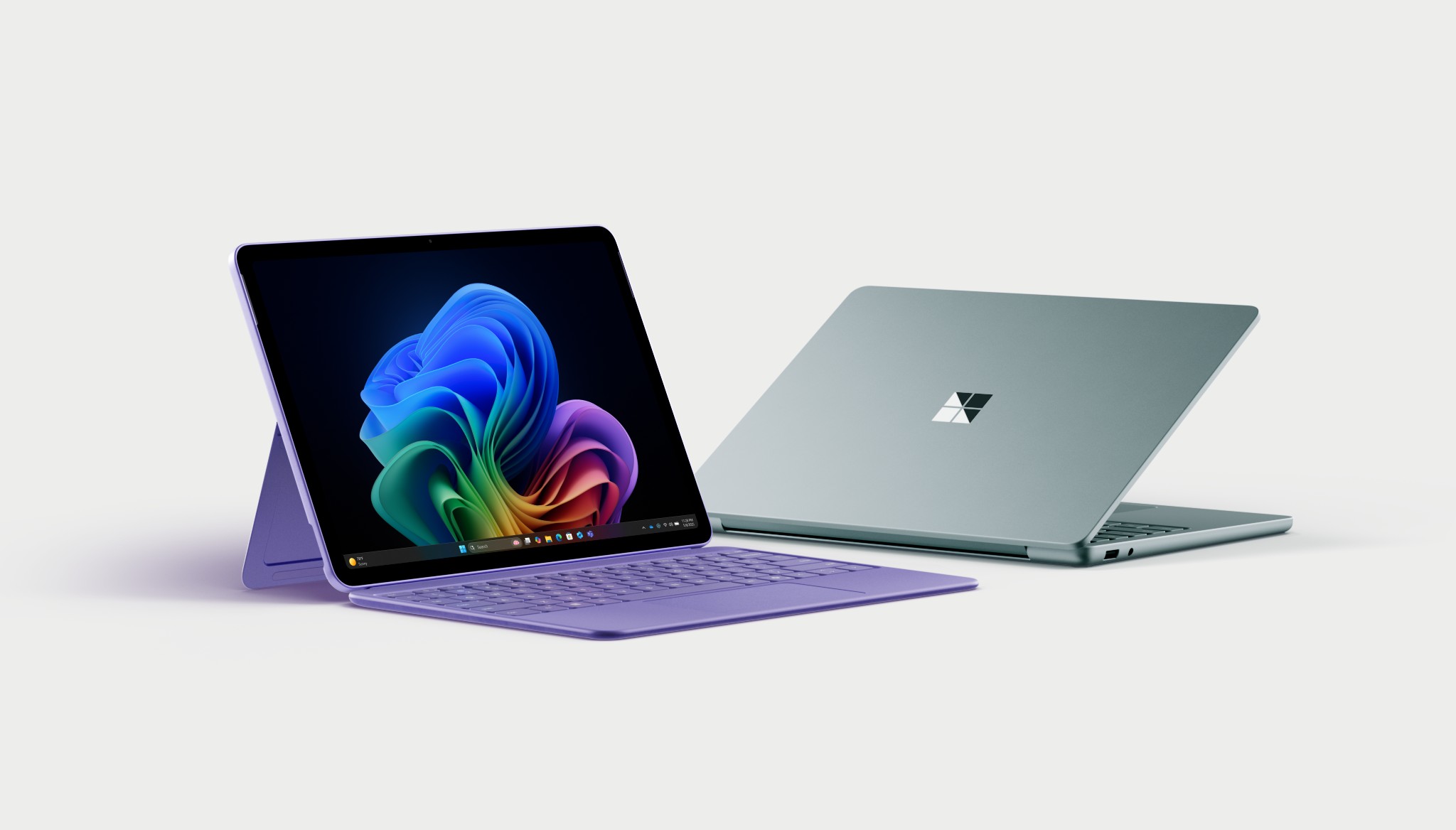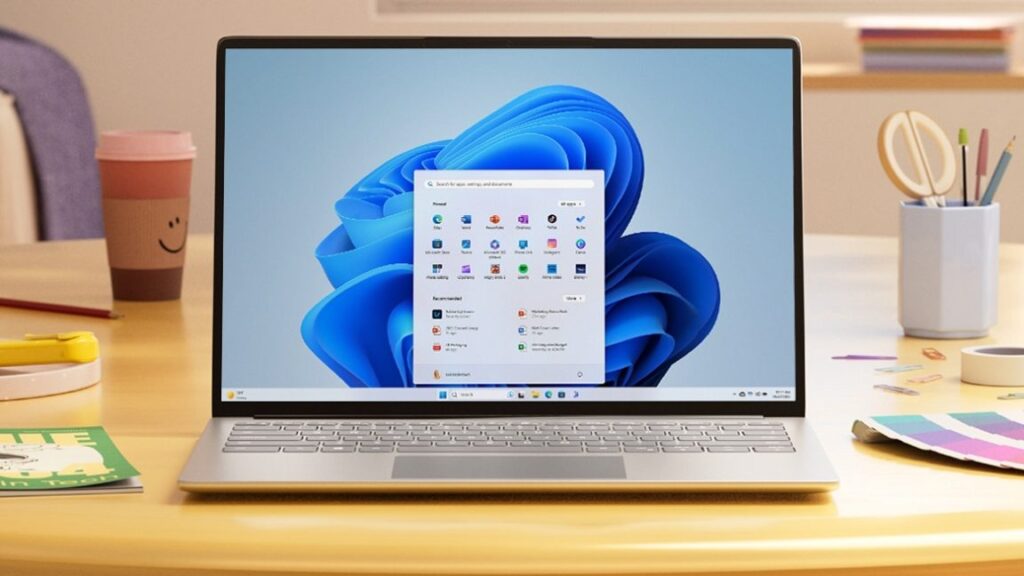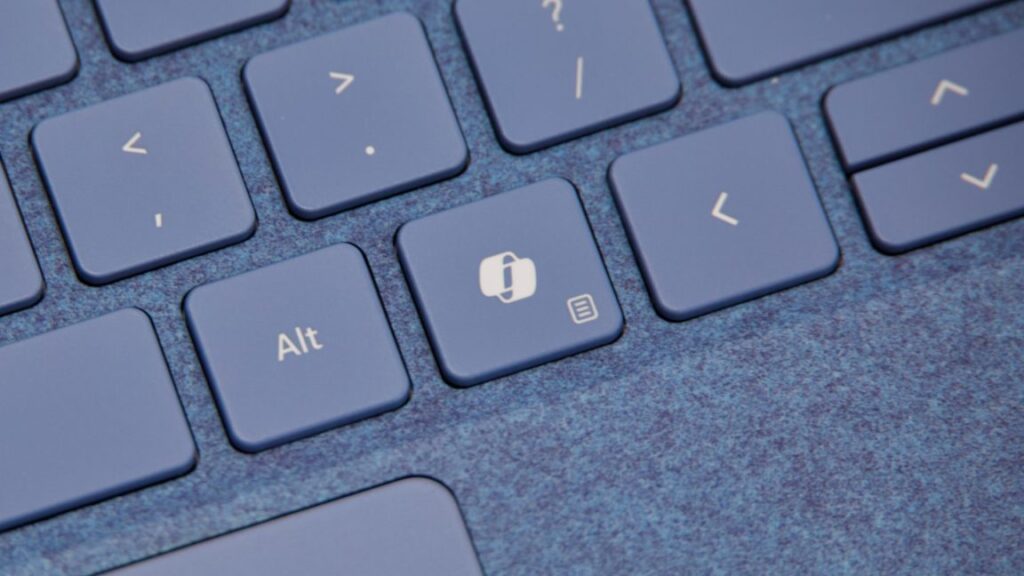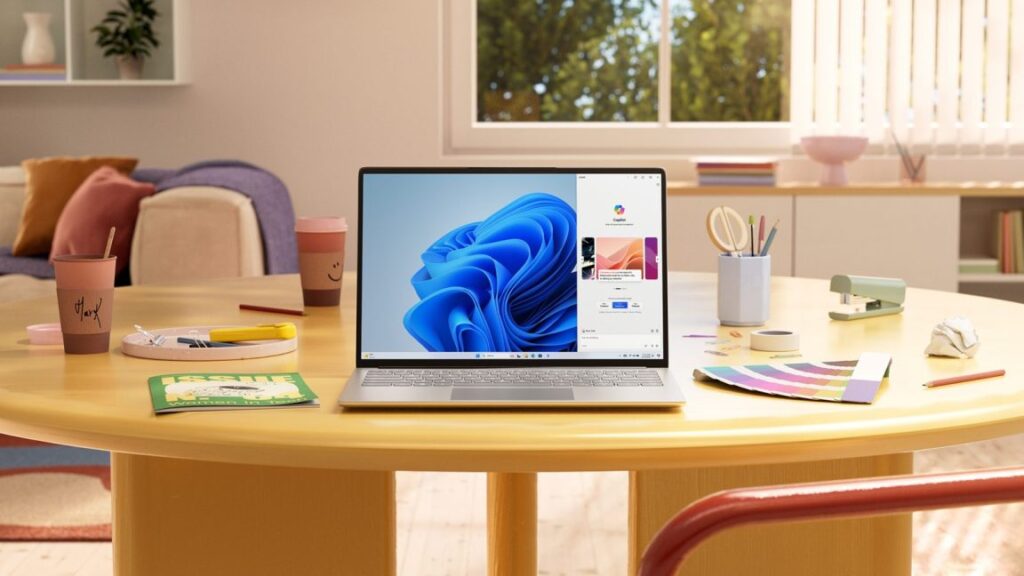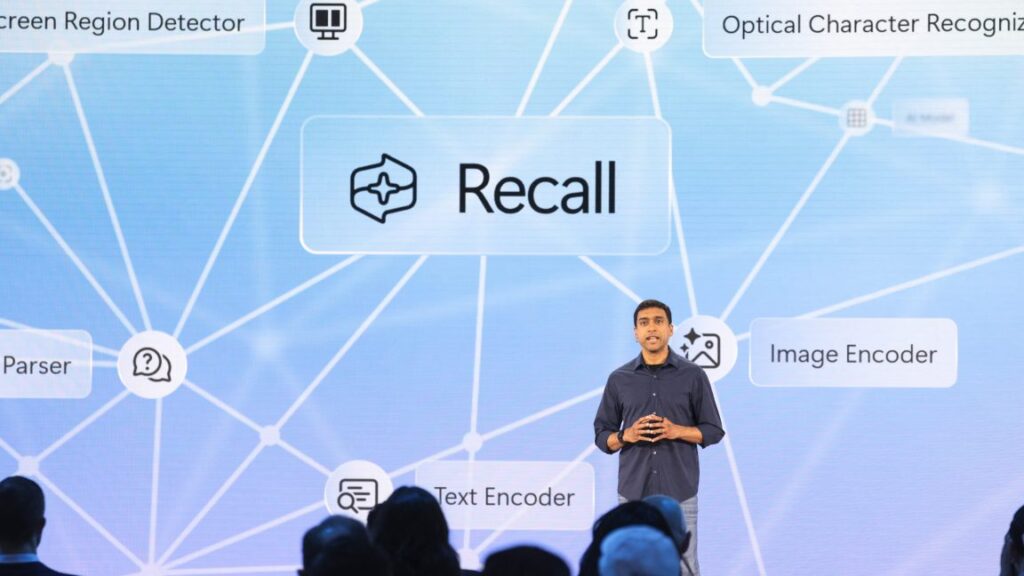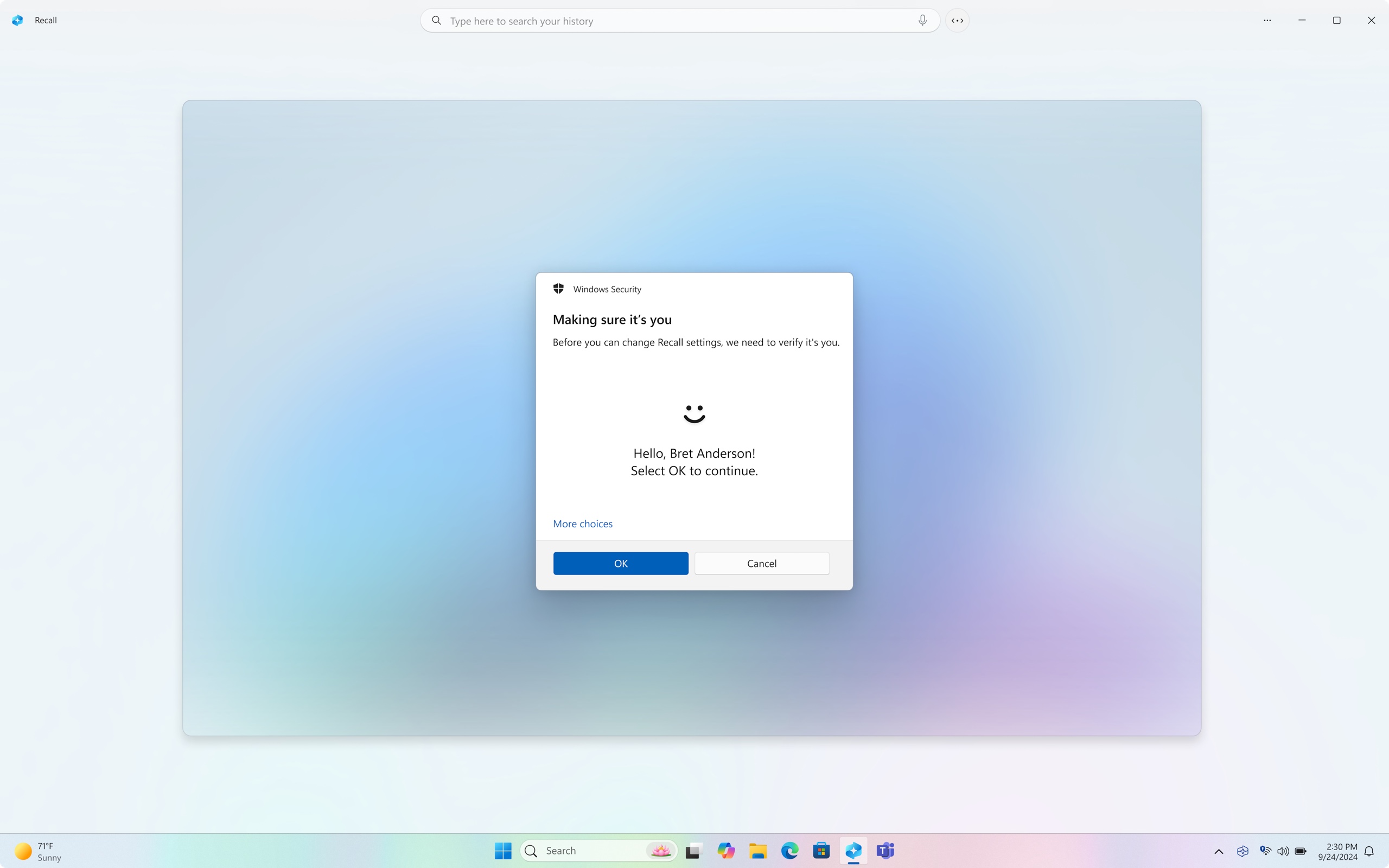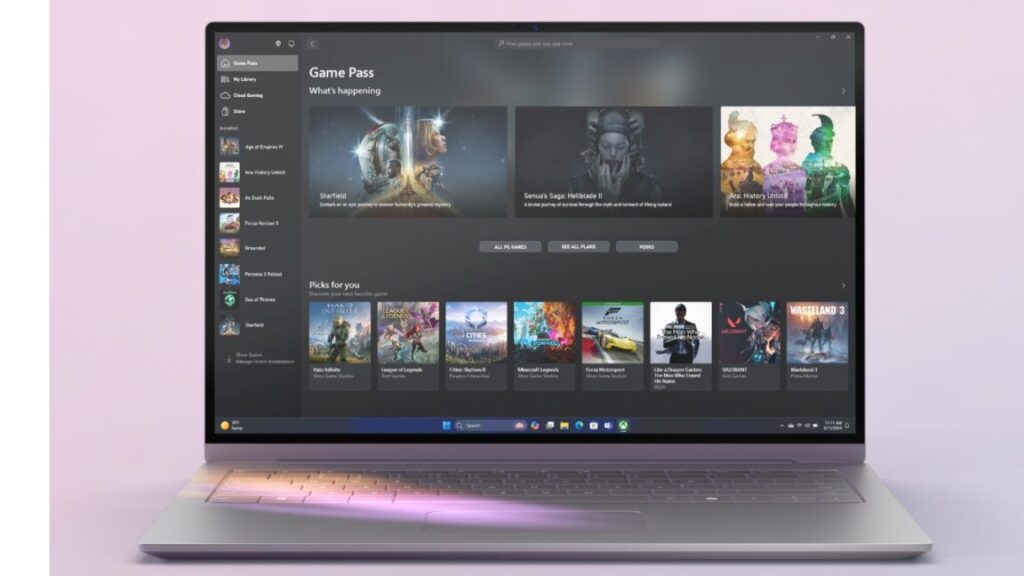Microsoft is trying to get antivirus software away from the Windows kernel
Working with third-party companies to define these standards and address those companies’ concerns seems to be Microsoft’s way of trying to avoid that kind of controversy this time around.
“We will continue to collaborate deeply with our MVI partners throughout the private preview,” wrote Weston.
Death comes for the Blue Screen
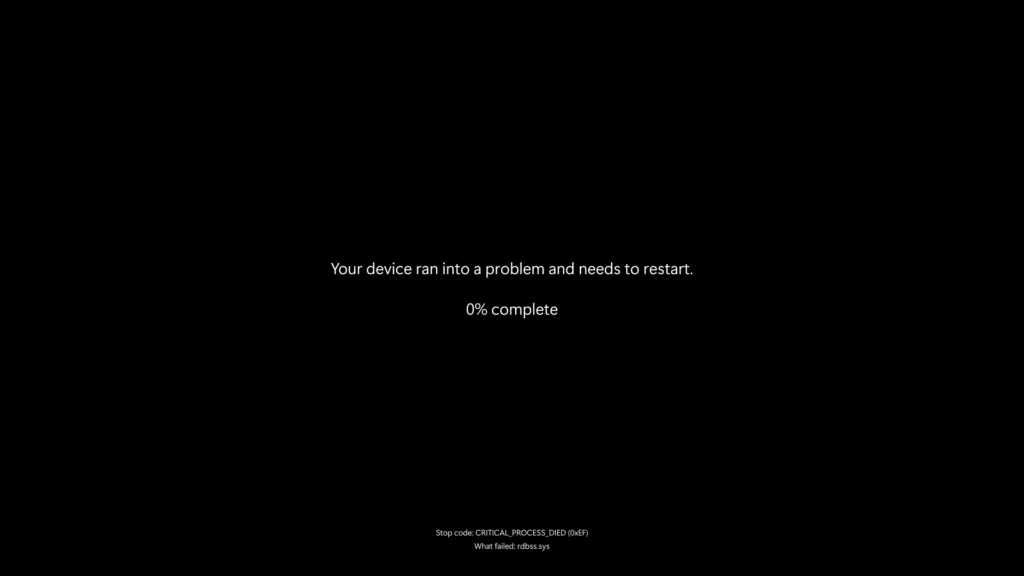
Microsoft is changing the “b” in BSoD, but that’s less interesting than the under-the-hood changes. Credit: Microsoft
Microsoft’s post outlines a handful of other security-related Windows tweaks, including some that take alternate routes to preventing more Crowdstrike-esque outages.
Multiple changes are coming for the “unexpected restart screen,” the less-derogatory official name for what many Windows users know colloquially as the “blue screen of death.” For starters, the screen will now be black instead of blue, a change that Microsoft briefly attempted to make in the early days of Windows 11 but subsequently rolled back.
The unexpected restart screen has been “simplified” in a way that “improves readability and aligns better with Windows 11 design principles, while preserving the technical information on the screen for when it is needed.”
But the more meaningful change is under the hood, in the form of a new feature called “quick machine recovery” (QMR).
If a Windows PC has multiple unexpected restarts or gets into a boot loop—as happened to many systems affected by the Crowdstrike bug—the PC will try to boot into Windows RE, a stripped-down recovery environment that offers a handful of diagnostic options and can be used to enter Safe Mode or open the PC’s UEFI firmware. QMR will allow Microsoft to “broadly deploy targeted remediations to affected devices via Windows RE,” making it possible for some problems to be fixed even if the PCs can’t be booted into standard Windows, “quickly getting users to a productive state without requiring complex manual intervention from IT.”
QMR will be enabled by default on Windows 11 Home, while the Pro and Enterprise versions will be configurable by IT administrators. The QMR functionality and the black version of the blue screen of death will both be added to Windows 11 24H2 later this summer. Microsoft plans to add additional customization options for QMR “later this year.”
Microsoft is trying to get antivirus software away from the Windows kernel Read More »
